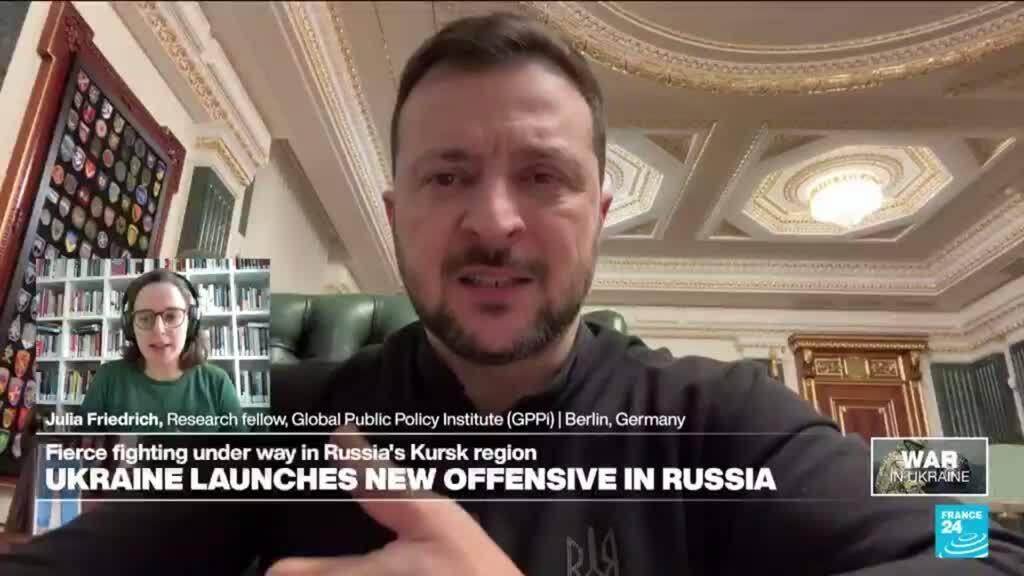Words have meaning. They determine how people feel about an issue, remember events, and react to events that affect their lives.
For decades, people in Germany have referred to the anti-Jewish violence that occurred across the country on November 9, 1938 as “Kristallnacht” or “Reichskristallnacht”. The translation “Night of Broken Glass” is widely used in English.
In Germany, this has begun to change. According to the United States Holocaust Memorial Museum (USHMM) in Washington, DC, historians debate the origins of the term “Kristallnacht”, but it has nevertheless entered the lexicon of German history, “so named because of the shards of broken glass scattered across German streets.”
The problem is that broken glass is hardly the worst result of a night of terror that many historians mark as the beginning of the Holocaust and the systematic killing of millions of Jews and people from other groups.
call it like it is
“The term obscures the atrocities committed against Jewish civilians,” Mayer Schwarz, a German-born Holocaust survivor and Israeli academic who died in 2022, once wrote for the online Holocaust archive schoah.org.
According to the USHMM, hundreds of people were killed and 30,000 Jewish men were arrested and sent to concentration camps.
That night rioters set fire to hundreds of synagogues and Jewish institutions throughout Austria and Germany. They desecrated Jewish cemeteries and looted thousands of businesses owned by Jews. Then, Nazi officials ordered the Jews to compensate for the losses.
Given the scope and gravity of the events, “Broken Glass” does not capture the extent of the cruelty and suffering. By using more direct and explicit terminology, Germany aims to ensure that the historical record reflects the nature of the atrocities.
Schwarz and others have said that a more appropriate term would be “pogrom”, a Russian word derived from a verb meaning “to wreak havoc, demolish violently.” Thus, “Pogromnacht” – the night of the massacre – has become more common in recent genocide discourse in Germany.
“Kristallnacht” or its English equivalent, is in common use outside Germany, including in English-language media and Jewish organizations. USHMM uses it but defines what happened as an “organized act of nationwide violence” and a “wave of violent anti-Jewish pogroms”.
‘Pogrom’ is also problematic
Not all historians are happy with that choice. They say that “pogrom” is a general term that can apply to a series of violence and persecution of Jews throughout history in Europe, especially in the Russian Empire. Yet, while these events were painful and even deadly, they did not rise to the level of the systematic and state-sponsored terror of Nazi Germany.
Raphael Gross, president of the German Historical Museum, told public broadcaster DLF that the coordination and planning were “very special under National Socialism” and without comparison.
His fellow historian, Friedemann Bedurigung, told DLF that the term is “Versclimbserung” – a German word meaning making something worse while trying to improve it.
finding words for the inexpressible
How people and societies perceive and cope with change in history over time, as well as the terminology used to talk about it. This is especially true of Germany, whose presence is constantly confronted with its past. Given the extremism of the Nazi era and the crimes against humanity that resulted, it may be impossible for historians, linguists and writers to decide on the right words to describe the scale of horror and destruction.
But the process of trying to do so is itself another way in which Germany maintains public awareness of its history. In this regard, words matter less than content.
“The most important thing is to know what you’re talking about,” Gross said.
Edited by: John Shelton
This article was originally published on November 9, 2023 and republished on November 9, 2025.






Leave a Reply